
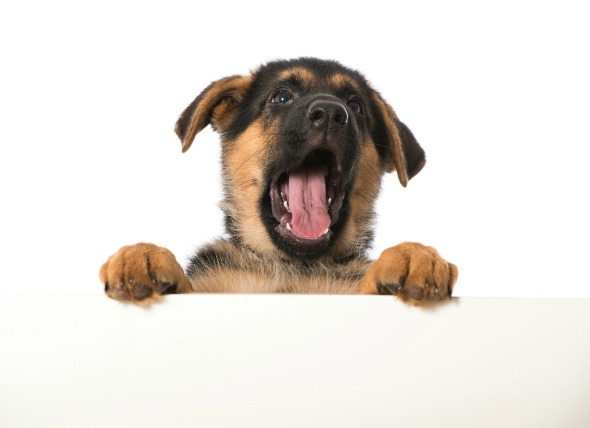
A cleft palate is an abnormal opening in the roof of the mouth. It is the result of failure of the two sides of the palate (roof of the mouth) to come together and fuse during embryonic development. A cleft palate results in an opening between the nasal passages and the mouth.
Symptoms expected with a cleft palate include:
Cleft palate is most often a congenital disorder, likely inherited. There is a breed predilection in beagles, Cocker spaniels, dachshunds, German shepherds, Labrador retrievers, schnauzers, Shetland sheepdogs, and brachycephalic (short-nosed) breeds.
Cleft palates can also be caused by exposure of pregnant female dogs to teratogenic chemicals (chemicals which interfere with normal embryo development.) These include griseofulvicin and excessive vitamin A and vitamin D. In these cases, the puppies may be born with cleft palates.
Diagnosis is made by a visual examination of the cleft palate.
Treatment is surgical repair of the defect. Surgical correction is usually postponed until 3-4 months of age, if possible. More than one surgery is often necessary for complete closure of the opening in the palate.
Puppies with cleft palates should be fed with a long nipple which brings food into the oro-pharynx (the part of the mouth behind the palate but in front of the voice box), or with a feeding tube inserted into the stomach until the defect can be surgically repaired.
 Paralysis Due to Spinal Cord Injury in Dogs
Myelomalacia in Dogs
“Myelomalacia” o
Paralysis Due to Spinal Cord Injury in Dogs
Myelomalacia in Dogs
“Myelomalacia” o
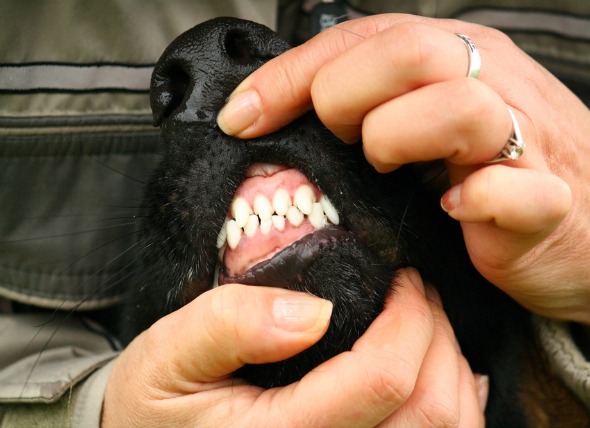 Tumors of the Gums (Epulis) in Dogs
Epulis in Dogs
Epulides are tumors or tumor-like
Tumors of the Gums (Epulis) in Dogs
Epulis in Dogs
Epulides are tumors or tumor-like
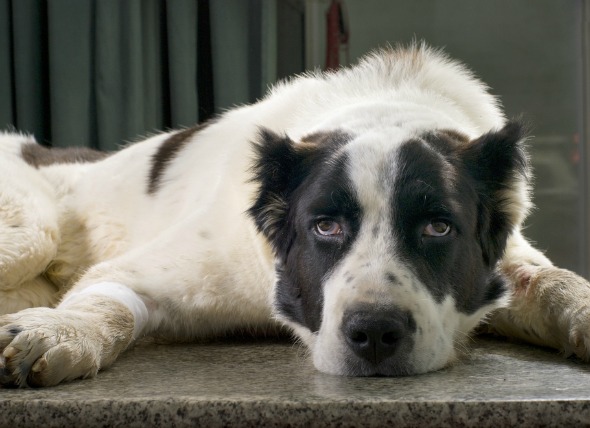 Acute Vomiting in Dogs
Sudden Onset of Vomiting in Dogs
It is not
Acute Vomiting in Dogs
Sudden Onset of Vomiting in Dogs
It is not
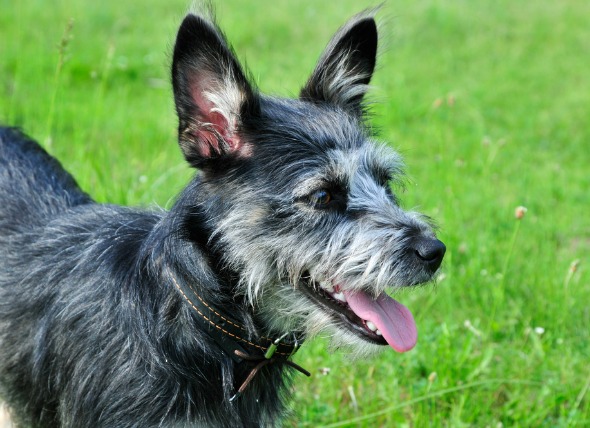 Blood Transfusion Reactions in Dogs
There are a variety of reactions that can occur w
Blood Transfusion Reactions in Dogs
There are a variety of reactions that can occur w
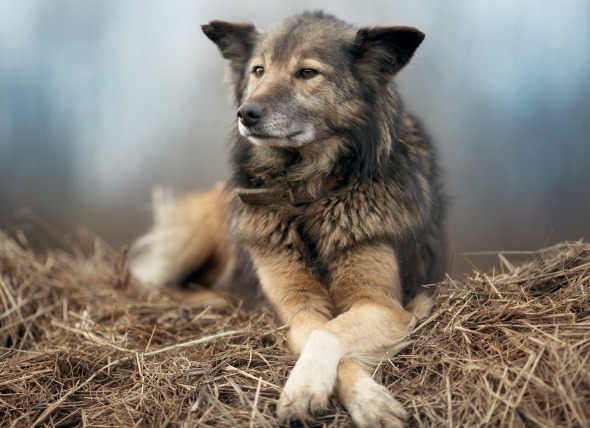 Fungal Infection (Aspergillosis) in Dogs
Aspergillosis in Dogs
Aspergillosis is an opportu
Fungal Infection (Aspergillosis) in Dogs
Aspergillosis in Dogs
Aspergillosis is an opportu
Copyright © 2005-2016 Pet Information All Rights Reserved
Contact us: www162date@outlook.com